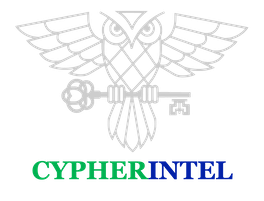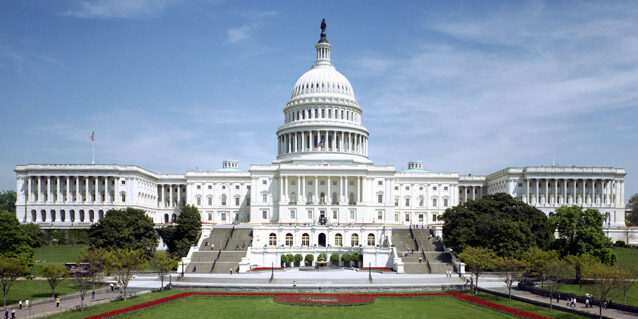Source: Federal News Network
If 2025 felt like a whirlwind for regulatory compliance, you’re not imagining it. Between the finalization of Cybersecurity Model Maturity Certification 2.0 rules, the launch of FedRAMP’s 20x initiative promising faster authorizations, and new AI governance requirements from the Office of Management and Budget and the National Institute of Standards and Technology, organizations working with federal agencies faced enormous regulatory change.
As we head into 2026, the tempo isn’t slowing. The Defense Department is phasing CMMC into contracts to protect the defense industrial base. FedRAMP continues evolving as more agencies migrate critical systems to the cloud. And AI regulations are moving from principles to prescriptive requirements as governments grapple with the risks and opportunities of deploying AI at scale.
If 2025 felt like a whirlwind for regulatory compliance, you’re not imagining it. Between the finalization of Cybersecurity Model Maturity Certification 2.0 rules, the launch of FedRAMP’s 20x initiative promising faster authorizations, and new AI governance requirements from the Office of Management and Budget and the National Institute of Standards and Technology, organizations working with federal agencies faced enormous regulatory change.
As we head into 2026, the tempo isn’t slowing. The Defense Department is phasing CMMC into contracts to protect the defense industrial base. FedRAMP continues evolving as more agencies migrate critical systems to the cloud. And AI regulations are moving from principles to prescriptive requirements as governments grapple with the risks and opportunities of deploying AI at scale.
After leading hundreds of companies through compliance journeys and assessments — and going through them ourselves — we’ve learned that while each framework has nuances, three universal lessons apply.
The biggest mistake? Treating CMMC like SOC 2 or assuming FedRAMP is “ISO 27001 for government.”
For example, CMMC Level 2 requires implementing all 110 NIST 800-171 requirements and 320 assessment objectives. Your system security plan alone could reach 200 pages. Budget more time, resources and specialized expertise than you think you need.
Three lessons that apply to each framework
1) These frameworks are not like the ones you already know.The biggest mistake? Treating CMMC like SOC 2 or assuming FedRAMP is “ISO 27001 for government.”
For example, CMMC Level 2 requires implementing all 110 NIST 800-171 requirements and 320 assessment objectives. Your system security plan alone could reach 200 pages. Budget more time, resources and specialized expertise than you think you need.
2) Scoping is a critical first step that organizations often get wrong. Determining what’s in scope is one of the hardest and most important steps. I’ve seen companies believe 80% of infrastructure was in scope for CMMC, only to learn it was closer to 30%. Be ruthless about where controlled unclassified information actually lives. Every system you include can add months of work and tens of thousands in costs.
3) Automation is mission-critical, not optional. Manual processes don’t scale when juggling multiple frameworks, and they leave you vulnerable to errors and inefficiencies. That’s why FedRAMP 20x and other frameworks today are evolving to put automation at the center of the process. Organizations that want continuous improvement must treat automation as core infrastructure, especially for monitoring controls, collecting evidence and surfacing real-time compliance data.
READ MORE

